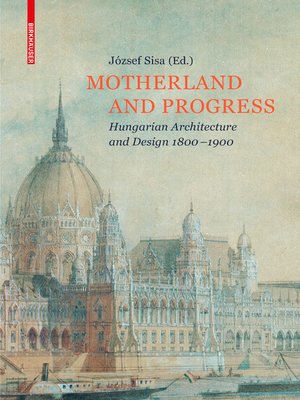
Sign up to save your library
With an OverDrive account, you can save your favorite libraries for at-a-glance information about availability. Find out more about OverDrive accounts.
Find this title in Libby, the library reading app by OverDrive.



Search for a digital library with this title
Title found at these libraries:
| Library Name | Distance |
|---|---|
| Loading... |
In the 19th century Hungary witnessed unprecedented social, economic and cultural development. The country became an equal partner within the Dual Monarchy when the Austro-Hungarian Compromise of 1867 was concluded. Architecture and all forms of design flourished as never before. A distinctly Central European taste emerged, in which the artistic presence of the German-speaking lands was augmented by the influence of France and England. As this process unfolded, attempts were made to find a uniquely Hungarian form, based on motifs borrowed from peasant art as well as real (or fictitious) historical antecedents.
"Motherland and Progress" – the motto of 19th-century Hungarian reformers – reflected the programme embraced by the country in its drive to define its identity and shape its future.







